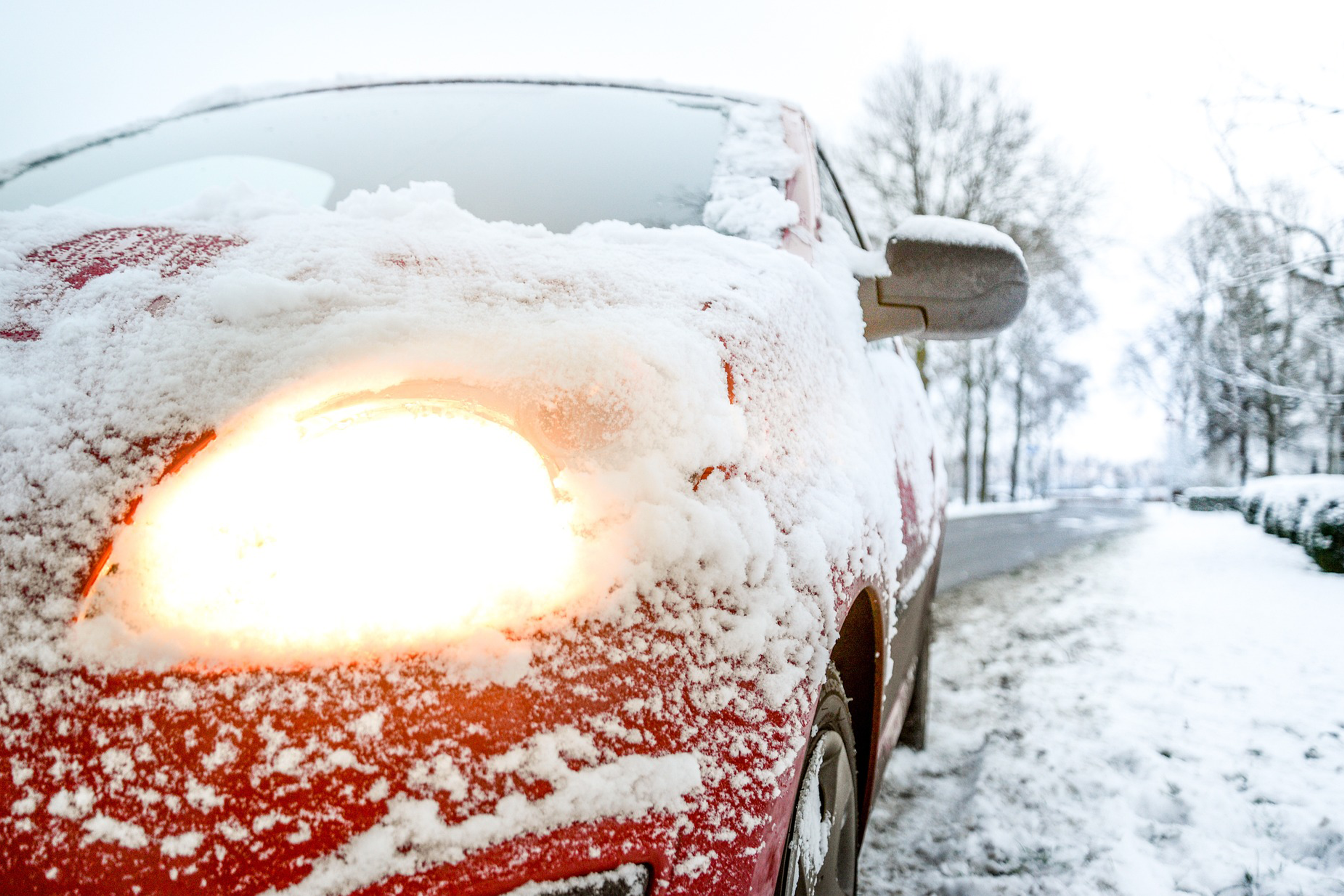Community Care in the Snow
Community care can be challenging at the best of times, with traffic and road closures, but in the snow, the whole game changes. Within Community Care we support the provision of medical and non-medical care to individuals who are unable to live independently due to illness, disability, or old age. This type of care can help individuals to maintain their independence and continue living in their own homes, rather than being placed in a nursing home or other institutional setting. This care can be critical, and many individuals can have serious health complications if their caregivers are unable to reach them.
During the cold winter months, it is especially important for individuals who receive community care to take steps to protect their health and well-being. This is usually completed in conjunction with the clients families and the care agency. The cold weather can exacerbate existing health conditions and increase the risk of illness and injury. As such, it is important for caregivers and family members to be aware of the potential risks and take steps to prevent them.
One of the biggest concerns during cold weather is the risk of hypothermia. Hypothermia occurs when the body loses heat faster than it can produce it, and the body's temperature drops below normal. This can be dangerous, and in severe cases can even be life-threatening. To prevent hypothermia, it is important to keep the home warm and well-ventilated, and to make sure the individual has appropriate clothing and blankets to keep warm.
Another concern during cold weather is the risk of falls. Ice and snow can make outdoor surfaces slippery, and this can increase the risk of falls for individuals who have mobility issues. To prevent falls, it is important to clear sidewalks and driveways of snow and ice, and to use salt or sand to provide traction. Additionally, caregivers should assist individuals with walking and provide them with appropriate footwear to help prevent falls.
In addition to the physical risks associated with cold weather, the winter months can also take a toll on an individual's mental health. The lack of sunlight and the shorter days can lead to feelings of loneliness and isolation, which can be particularly difficult for individuals who are already struggling with health issues. To combat this, caregivers and family members can help to combat loneliness by providing social support and engaging in activities that the individual enjoys.
Caregivers themselves are at high risk as they, may be driving on roads that are not gritted and can be very dangerous. Caregivers should ensure they check their routes in advance, have adequate food ad water with them, have safety equipment such as a first aid kit and safety blankets. Above all they should drive slowly and safely, and not be bullied by other drivers on the road to drive faster than a safe speed. Black ice is very difficult to spot on the road especially early in the morning and late in the evening.
In conclusion, community care during the cold winter months presents some unique challenges. By taking steps to prevent hypothermia, falls, loneliness, health and safety, caregivers and family members can help to keep individuals who receive in-home care safe and healthy throughout the winter season.



